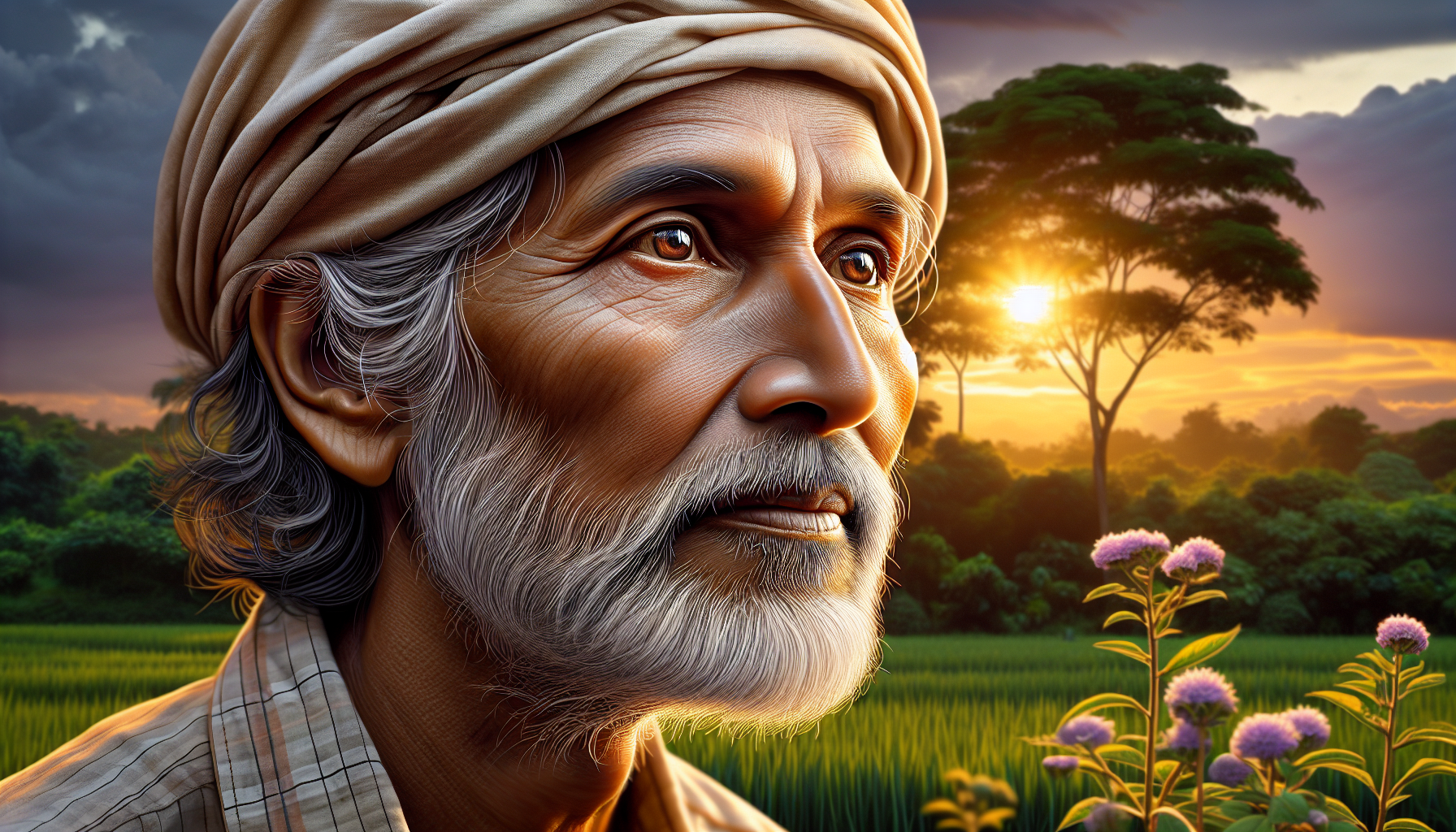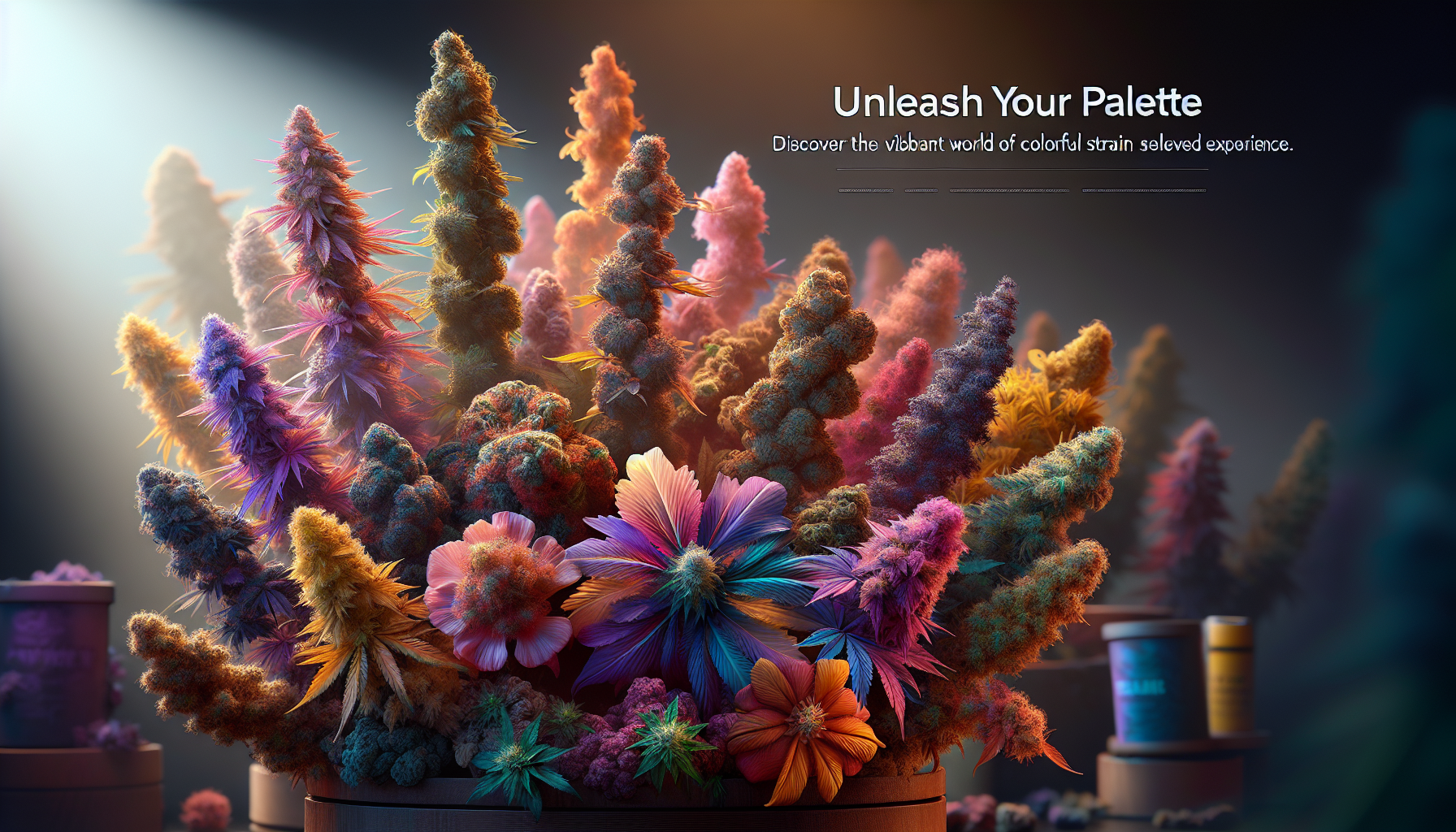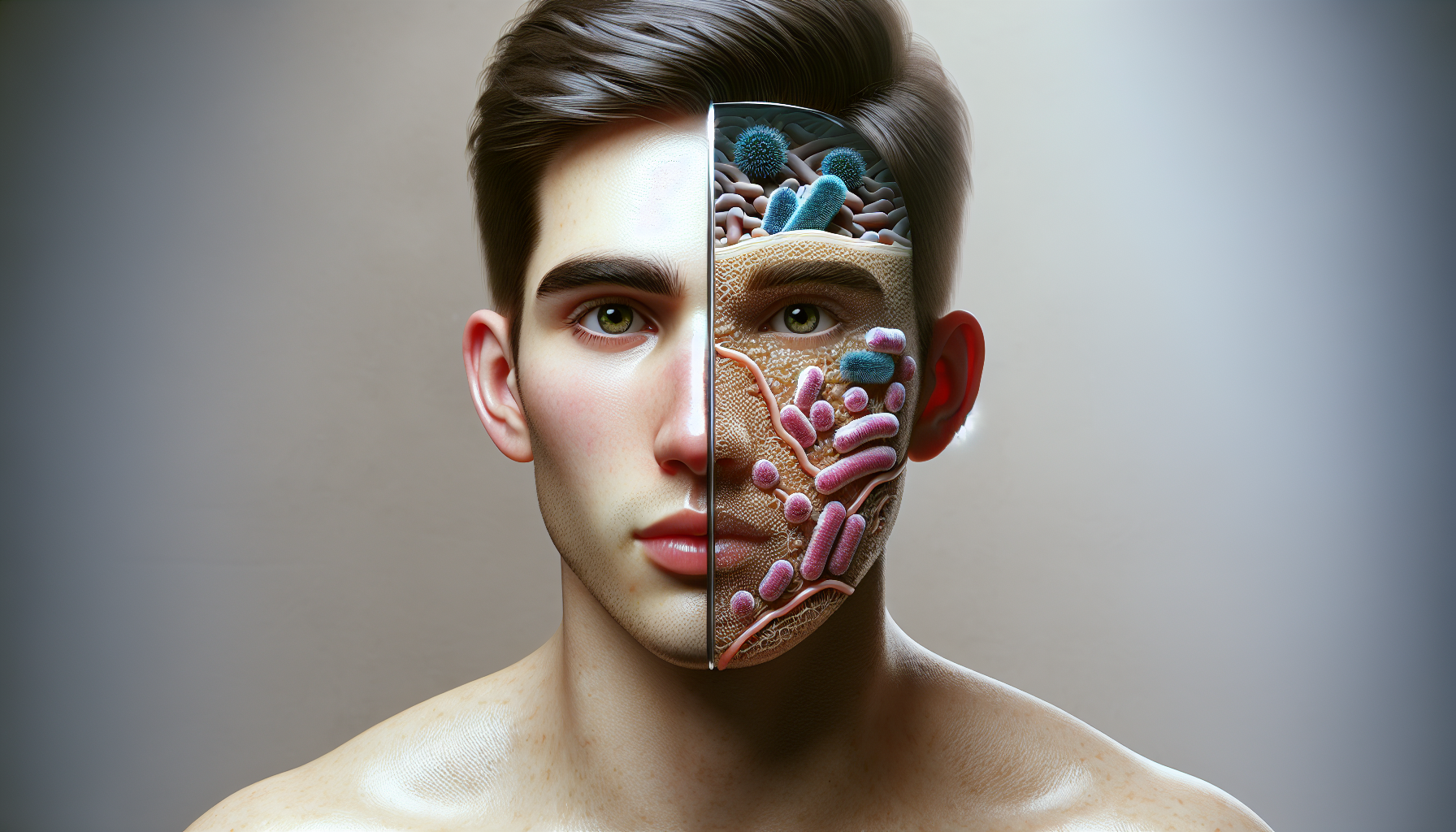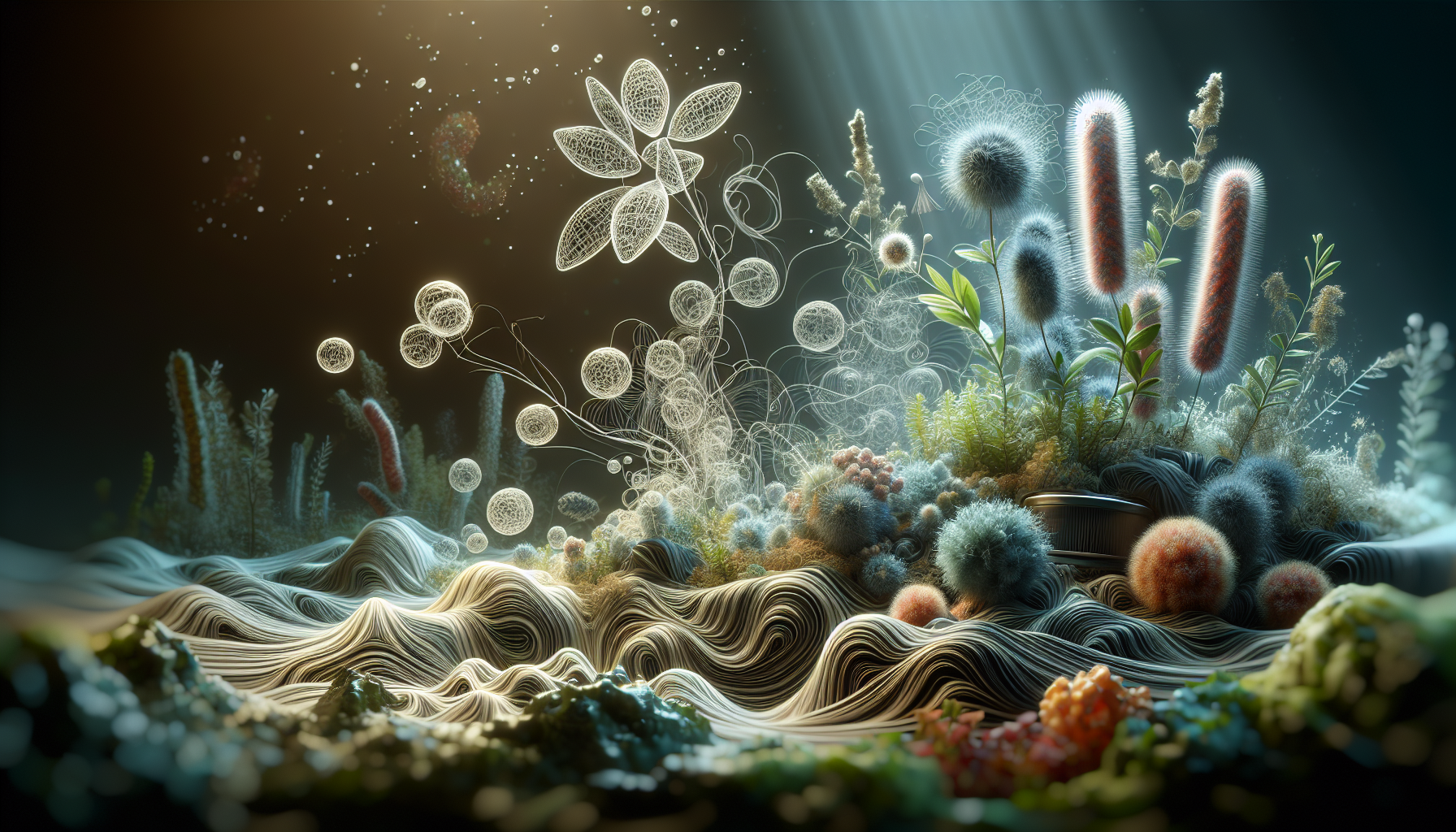In a world brimming with fleeting moments and ephemeral beauty, the art of living portraiture emerges as a powerful means of capturing the essence of life itself. Imagine being able to immortalize not just the image, but the very soul of your subject, creating a piece of art that resonates with emotion and tells a story. This is the magic of living portraiture—a dynamic and expressive approach to photography that transcends traditional portraiture by infusing it with life, movement, and authenticity. Whether you’re a seasoned photographer looking to hone your craft or a passionate amateur eager to explore new realms of creativity, mastering living portraiture techniques can transform the way you see and capture the world around you.
At the heart of living portraiture lies the pursuit of authenticity. Unlike posed and static images, living portraits are imbued with a sense of spontaneity and realness. They capture subjects in their natural environment, often engaged in familiar activities, resulting in images that feel genuine and alive. This style of portraiture not only highlights the physical features of the subject but also captures their personality, emotions, and the energy of the moment. The result is a compelling narrative frozen in time, a snapshot that reveals the beauty of life in its purest form. As we journey through this article, we will explore the core principles of living portraiture, from understanding lighting and composition to mastering the art of anticipation and patience.
One of the key techniques in creating stunning living portraits is the ability to blend seamlessly into the environment of your subject. This requires more than technical skill; it demands empathy and a genuine connection with the people you are photographing. Building rapport and trust is crucial, as it allows your subjects to relax and be themselves, resulting in images that are both natural and captivating. We will delve into practical tips for engaging with your subjects, helping them feel at ease, and capturing those candid moments that reveal their true essence. Additionally, we will examine how to effectively utilize natural light and surroundings to enhance the mood and impact of your portraits, elevating them from ordinary to extraordinary.
As we embark on this exploration of living portraiture, prepare to be inspired by the limitless possibilities that await. From the bustling streets of a vibrant city to the serene landscapes of the countryside, every environment offers unique opportunities to capture life’s beauty. We will discuss how to adapt your techniques to different settings, ensuring that each portrait is a reflection of both the subject and their surroundings. Through expert insights, real-world examples, and practical exercises, this article will equip you with the knowledge and skills needed to create living portraits that are not only visually stunning but also deeply meaningful. So, grab your camera, open your heart to the world around you, and let’s embark on this creative journey to master the art of living portraiture! 📸
Understanding the Art of Living Portraiture
Living portraiture is a fascinating art form that captures the essence of life in a unique way. Unlike traditional photography, which often focuses on capturing a single moment, living portraiture seeks to depict the vibrancy and dynamism of life itself. It is an intricate dance of light, composition, and emotion, aiming to tell a story through the subtle nuances of human expression and movement. This technique allows photographers to go beyond the static image, inviting viewers into a narrative that unfolds before their eyes.
At the heart of living portraiture lies the ability to connect deeply with the subject. It requires a keen understanding of human emotions, body language, and the environment in which the subject exists. Photographers must develop a rapport with their subjects, creating a comfortable space that encourages genuine expression. This connection is pivotal in producing portraits that resonate with authenticity and emotional depth.
Moreover, mastering living portraiture involves a comprehensive understanding of technical aspects such as lighting, camera settings, and post-processing techniques. It’s about knowing how to manipulate these elements to enhance the story being told. By experimenting with different lighting setups and camera angles, photographers can highlight the natural beauty and character of their subjects. These technical skills, combined with a creative vision, enable photographers to create images that are not only visually stunning but also emotionally engaging.
The Role of Lighting in Living Portraiture
Lighting is a crucial element in living portraiture, significantly influencing the mood and atmosphere of a photograph. It has the power to transform an ordinary scene into an extraordinary one, bringing out the textures and details that define the subject. Understanding the interplay between light and shadow allows photographers to craft images that are rich in depth and dimension.
Natural light is often favored in living portraiture due to its ability to produce soft, flattering tones. The golden hours, shortly after sunrise or before sunset, are particularly prized for their warm, diffused light that adds a magical quality to portraits. However, mastering artificial lighting can also open up a world of creative possibilities. Techniques such as using reflectors, diffusers, and off-camera flash can help control and shape the light to achieve the desired effect.
For those looking to deepen their understanding of lighting techniques, watching tutorials and practice are invaluable. Consider checking out “Mastering Portrait Photography Lighting” by The Slanted Lens on YouTube for expert insights and tips on achieving stunning lighting effects in your portraits.
Essential Techniques for Stunning Results
To achieve breathtaking results in living portraiture, one must hone a variety of techniques that enhance the overall composition and impact of the image. Composition is one such technique, where the arrangement of elements within the frame directs the viewer’s eye and supports the narrative of the portrait. Utilizing techniques such as the rule of thirds, leading lines, and framing can create dynamic and visually appealing compositions.
Another vital technique is capturing genuine emotion. The best portraits often convey a strong sense of feeling, allowing viewers to connect with the subject on a deeper level. To achieve this, photographers must be patient and observant, waiting for those fleeting moments of authentic expression that reveal the true character of the subject. Engaging in conversation, creating a relaxed atmosphere, and encouraging natural movement can elicit these genuine reactions.
Additionally, post-processing plays a significant role in refining the final image. Software such as Adobe Lightroom and Photoshop provide powerful tools for enhancing colors, contrast, and sharpness. However, the key is to use these tools judiciously, ensuring that the edits enhance the portrait’s natural beauty without overwhelming it. Developing a personal editing style can also help photographers distinguish their work and create a cohesive portfolio.
Comparing Techniques for Enhanced Portraits
| Technique | Description | Benefits |
|---|---|---|
| Rule of Thirds | Dividing the frame into a 3×3 grid and placing the subject along the lines or intersections. | Creates balanced and harmonious compositions. |
| Leading Lines | Using lines within the image to guide the viewer’s eye towards the subject. | Adds depth and directs focus. |
| Natural Movement | Encouraging the subject to move naturally, capturing candid moments. | Results in genuine expressions and a dynamic feel. |
For those keen to explore these techniques in action, “Portrait Photography Tips and Tricks” by Mango Street offers a comprehensive guide with practical demonstrations.
Leveraging Technology in Living Portraiture
In the digital age, technology plays a significant role in shaping the art of living portraiture. Modern cameras come equipped with advanced features that aid photographers in capturing high-quality images with ease. From high-resolution sensors to sophisticated autofocus systems, these technological advancements allow photographers to push the boundaries of creativity and technical excellence.
One such advancement is the use of mirrorless cameras, which offer several advantages over traditional DSLRs. Mirrorless systems are typically more compact and lightweight, making them ideal for photographers who value portability without sacrificing performance. They also provide real-time previews of how settings such as exposure and white balance affect the final image, enabling more precise control over the outcome.
Furthermore, the rise of mobile photography has democratized the field, allowing anyone with a smartphone to explore the world of living portraiture. With the advent of high-quality smartphone cameras and editing apps, creating stunning portraits has become accessible to a wider audience. However, regardless of the device used, understanding fundamental photography principles remains essential to producing remarkable portraits.
Technological Innovations in Portraiture
- High-Resolution Sensors: Capture detailed images with clarity and precision.
- Advanced Autofocus Systems: Ensure sharp focus on subjects, even in challenging conditions.
- Real-Time Exposure Previews: Allow photographers to make informed adjustments on the go.
- Mobile Editing Apps: Enable convenient post-processing directly from smartphones.
To dive deeper into the latest trends in photography technology, “The Future of Photography” by Photography Online provides an insightful look at how technology is reshaping the industry.
Crafting Your Unique Style
Developing a unique style in living portraiture is crucial for standing out in a crowded field. This style is a reflection of the photographer’s artistic vision and personal aesthetic, distinguishing their work from others. It involves experimenting with different techniques, subject matter, and post-processing methods to discover what resonates most with the photographer’s creative instincts.
One way to cultivate a unique style is by drawing inspiration from various sources, including other photographers, art forms, and even everyday life. Observing how different elements come together to form a cohesive image can spark new ideas and perspectives. Additionally, studying the work of renowned photographers can provide valuable insights into their approach and techniques, offering guidance and inspiration for developing one’s style.
However, while seeking inspiration from others is important, maintaining authenticity is key. A photographer’s style should be a genuine expression of their vision and personality. It requires the courage to take creative risks and the willingness to embrace mistakes as part of the learning process. Over time, this dedication to authenticity will yield a distinctive style that resonates with both the photographer and their audience.
Elements of a Distinctive Style
- Color Palette: Consistent use of color tones that evoke specific emotions.
- Lighting Preference: Favoring certain lighting conditions to achieve a signature look.
- Subject Focus: Highlighting particular themes or subjects that align with personal interests.
- Editing Techniques: Employing unique post-processing methods that enhance the overall aesthetic.
Embrace your creativity and start exploring what makes your work unique. For more insights, check out “Finding Your Photography Style” by Sorelle Amore on YouTube for expert advice and inspiration.

Conclusion
Crafting a compelling conclusion for an article on “Capture Life’s Beauty: Mastering Living Portraiture Techniques for Stunning Results!” demands a thoughtful synthesis of the core ideas presented. This article explored various dimensions of living portraiture, emphasizing techniques that can elevate one’s photography skills to new heights. From understanding the nuances of lighting to mastering the art of posing and composition, each section provided invaluable insights into capturing the essence of your subjects. By adopting these techniques, photographers can not only enhance their technical skills but also imbue their images with emotion and storytelling, creating portraits that resonate with viewers on a profound level.
Living portraiture is more than just a technical exercise; it’s an art form that requires a deep connection with the subject. Throughout the article, we delved into the importance of understanding your subject’s personality, background, and emotions to truly capture their essence. This human connection is what sets apart a good portrait from a great one. Building rapport with your subjects allows them to feel comfortable and natural in front of the camera, leading to more authentic and captivating portraits. As you continue to refine your skills, remember that patience and empathy are your greatest allies in this journey.
Lighting, as discussed in the article, is another critical component in living portraiture. The interplay of light and shadow can dramatically alter the mood and tone of a photograph. Whether you are using natural light or studio lighting, understanding how to manipulate light to highlight your subject’s best features is crucial. The article outlined various lighting setups and techniques, such as the Rembrandt and butterfly lighting, that can add depth and dimension to your portraits. By experimenting with different lighting conditions, photographers can discover their unique style and preferences.
Composition, the backbone of any great photograph, was also thoroughly examined. From the rule of thirds to leading lines, mastering these compositional techniques helps in creating balanced and visually appealing portraits. However, rules are meant to be broken, and the article encouraged readers to explore beyond conventional guidelines to develop their personal artistic vision. Remember, composition is not just about arranging elements within a frame, but also about storytelling and evoking emotions.
The article further touched upon the significance of post-processing in refining and enhancing portrait photographs. While capturing the perfect shot in-camera is ideal, post-processing allows photographers to adjust and fine-tune their images to achieve the desired result. Techniques such as color correction, retouching, and cropping can significantly impact the final output. However, it is essential to strike a balance to ensure that the final image remains true to the subject’s natural beauty and character.
Moreover, the article emphasized the importance of continuous learning and practice in the field of photography. The landscape of photography is ever-evolving, with new technologies and techniques emerging regularly. Staying updated with the latest trends and tools can provide photographers with new avenues to explore and expand their creative horizons. Engaging with photography communities, attending workshops, and seeking constructive feedback are excellent ways to hone your skills and stay inspired.
In conclusion, living portraiture is a dynamic and rewarding pursuit that challenges photographers to capture the true essence of their subjects. By mastering the techniques discussed in this article, photographers can create stunning portraits that not only showcase their technical prowess but also tell compelling stories. As you embark on your journey to master living portraiture, remember that every subject is unique, and every photograph is an opportunity to capture life’s beauty.
We hope this article has provided you with valuable insights and inspiration to elevate your portrait photography skills. If you found this information helpful, we encourage you to share it with fellow photography enthusiasts and apply these techniques in your work. We would love to hear your thoughts and experiences—please leave a comment below with your insights or questions. Keep capturing those beautiful moments, and never stop exploring the art of photography! 🌟
For further reading and resources on portrait photography, consider exploring the following active links:
1. Digital Photography School – A treasure trove of photography tips and tutorials.
2. PetaPixel – Stay updated with the latest photography news and insights.
3. Fstoppers – Explore a wide range of articles on photography techniques and gear.
Thank you for joining us on this exploration of living portraiture. Happy shooting! 📸
Toni Santos is a visual explorer and microscopic storyteller who delves into the hidden aesthetics of microbial life. Through a fusion of scientific curiosity and artistic insight, Toni transforms the overlooked world of bacteria, fungi, and cellular forms into mesmerizing visual narratives—revealing the elegance, symmetry, and chaos that thrive at microscopic scales.
Rooted in a fascination with life forms too small to see yet too intricate to ignore, Toni’s work captures the bizarre beauty of microbial colonies, biofilms, and spore patterns. These images aren’t just representations—they are celebrations of the artistic intelligence encoded in nature’s tiniest architects.
With a background in visual design and bio-inspiration, Toni merges scientific imaging techniques with creative expression, transforming petri dish cultures, fluorescence microscopy, and microbial textures into works that provoke both wonder and contemplation.
As the creative force behind Vizovex, Toni offers curated visual studies, microbial-inspired designs, and essays that bridge art and microbiology—inviting viewers to reimagine what beauty means at the edge of perception.
His work is a tribute to:
The hidden geometries of living systems
The surprising elegance of microbial growth
The role of micro-life in shaping visual culture
Whether you’re a scientist, artist, or simply curious about the unseen world that sustains us, Toni opens a window into a universe where life writes poetry in colonies and patterns, one microbe, one frame, one breathtaking detail at a time.





